What's in a touch? The Samsung Galaxy S III polycarbonate debate
This article may contain personal views and opinion from the author.

Earlier we told you all that the Samsung Galaxy S III has a case and battery cover that is made of polycarbonate, not just regular plastic, which means the case is much stronger, more durable, and more scratch resistant, even though the case may still look and feel like normal plastic. Probably not to anyone's surprise, there was an outcry by those who stood by the idea that it doesn't matter if it's polycarbonate or regular plastic, because it will still have a similar "feel and look" to plastic. It seems to us that there's a fundamental problem with this line of thinking, which is tied directly to one of our favorite topics: word usage.
One of the main reasons why we wrote the article earlier, and were careful to not lump polycarbonate together with regular plastic despite the fact that polycarbonate is a type of plastic, is because of the general connotation that "plastic" is cheap and flimsy. This is not at all the case with polycarbonate, which we found can be on par with the Kevlar fiber case found on the Motorola RAZR. Trying to lump together polycarbonate and regular plastic is like lumping together the Samsung Galaxy S III and the G1 in the same "smartphone" category. Sure, it's technically correct, but you lose quite a lot of meaning by doing so.
Still, this idea that plastic is cheap and generally bad came through along with the cries that the phone still looks and feels bad. The trouble with making statements like this is that, unfortunately for polycarbonate, not only is the word "plastic" tied to the idea of being cheap and flimsy, but the look and feel of plastic is tied to that idea as well. And, with the rise of polycarbonate, it may be time to reset our definition and ideas about plastics. Polycarbonate isn't just a "fancy name", it's a completely different class of material.
This kind of reset on how we view material is a new and strange idea. Glass and metal have always had the benefit of having associations with strength and beauty, but plastic has not. That's why we wanted to make the distinction between polycarbonate and plastic. The casing of the Samsung Galaxy S III is not the same as the material used on keyboards, mice, game controllers, or remote controls. That's regular plastic, which can certainly be cheap and not feel very nice. But, polycarbonate is no more the same material as that as is Gorilla Glass compared to glass used in a champagne flute.
As ever, it comes down to the question: why? People are certainly allowed their own opinion as to what looks and feels better than something else, but before you judge, just ask yourself, "Why do I feel this way?" Because, there are a lot of things in our lives these days that are made of plastic, so we have a certain idea of what plastic is, how it feels, and what that feeling means. We know that if we drop the remote control on a hardwood floor, there's a good chance that battery cover is going to break, because it's just simple plastic. And, if another device has a similar feel, we may assume the same build quality, and transfer the same biases to that new device.
But, the truth is that polycarbonate is far stronger and far more impact resistant than the plastic found in most consumer electronics. If you drop a Samsung Galaxy Nexus, or if you take the battery cover off too many times, one of the notches may break because that is plastic. The same shouldn't happen with the Galaxy S III, and the polycarbonate is the reason. It may look and feel similar, but that doesn't mean we should think of it as the same as regular plastic. Plastics can cover an extremely wide range of quality, texture, and strength. Plastic is everywhere, but not all plastics are made equal, and that's something we should keep in mind when it comes to polycarbonate.



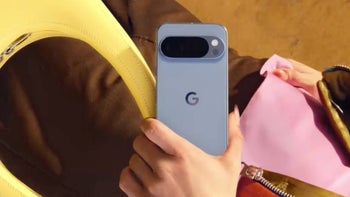
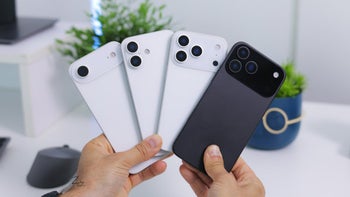

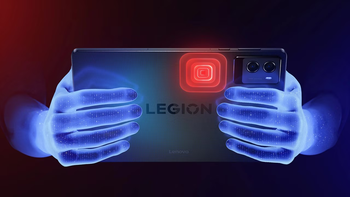
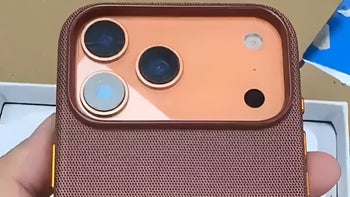
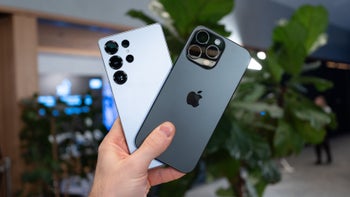
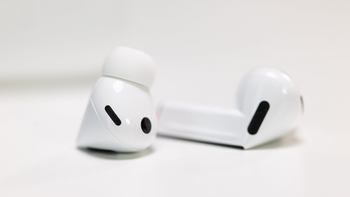
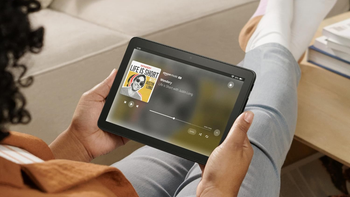


Things that are NOT allowed:
To help keep our community safe and free from spam, we apply temporary limits to newly created accounts: